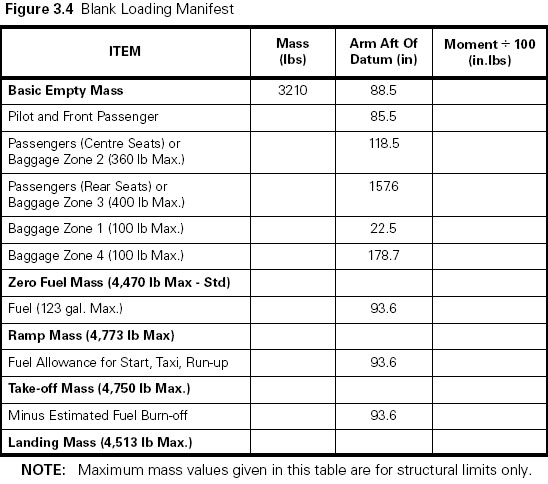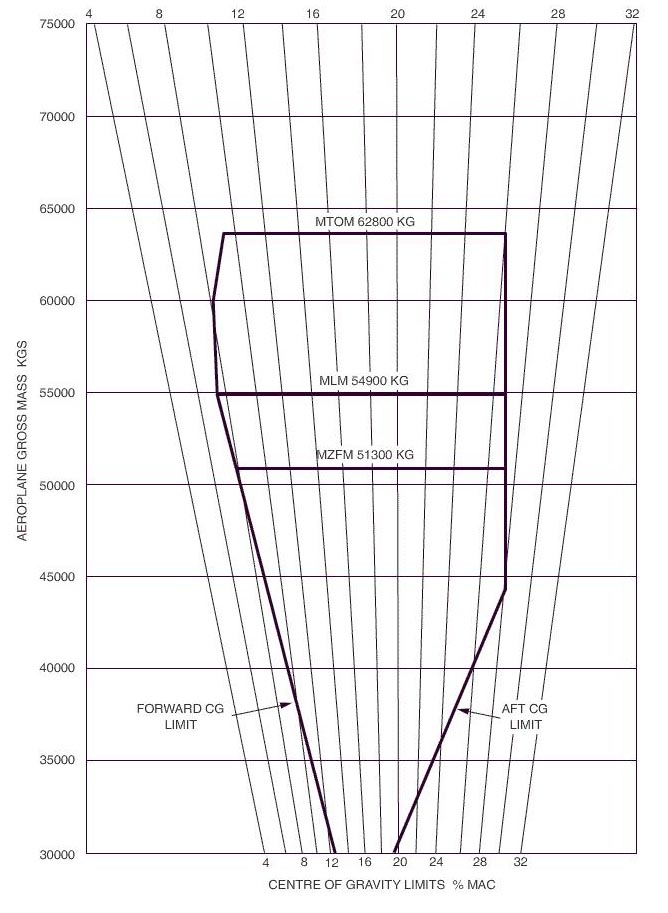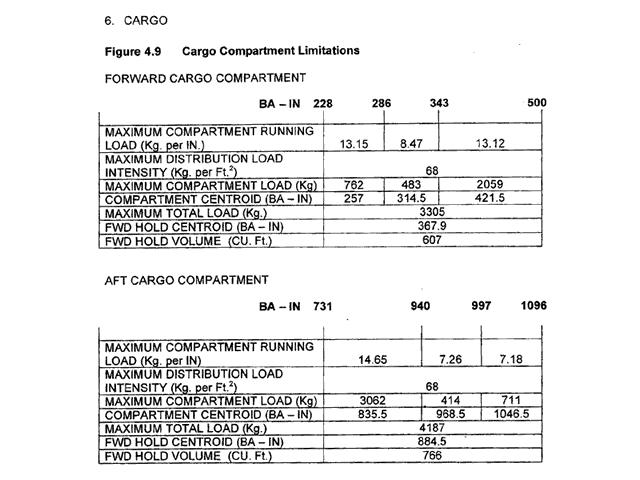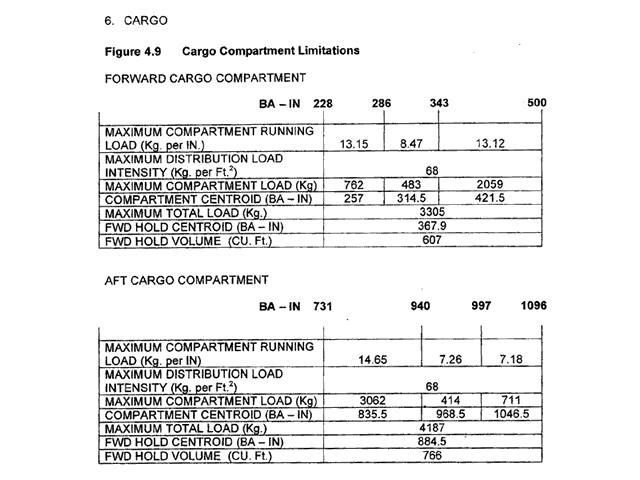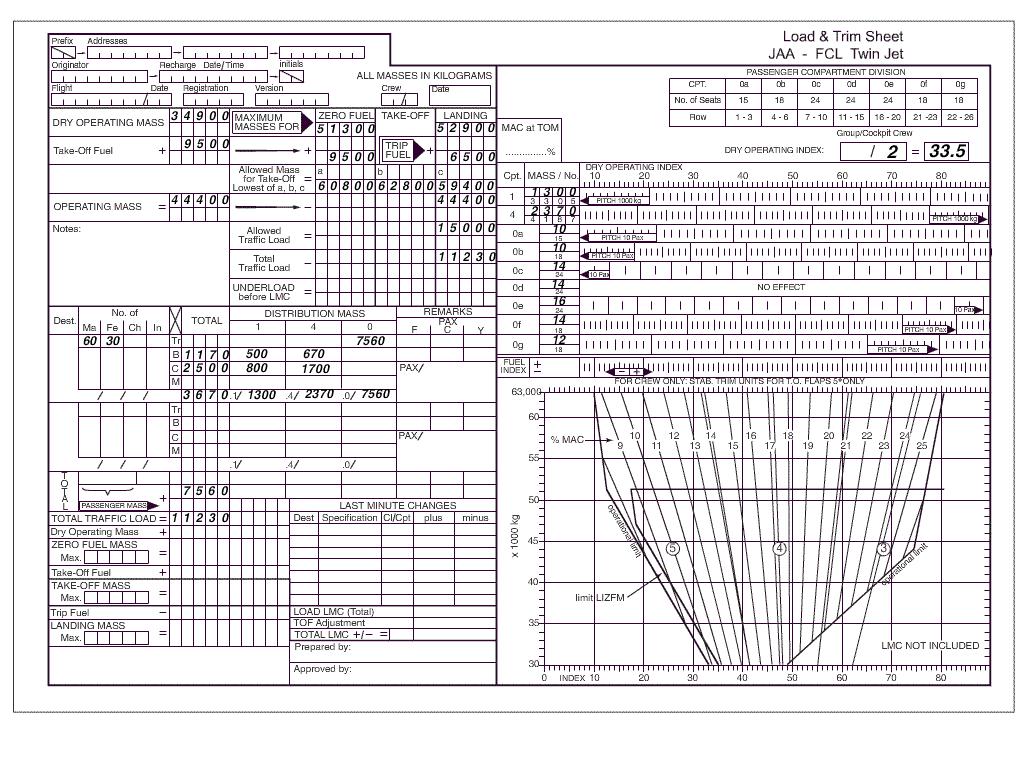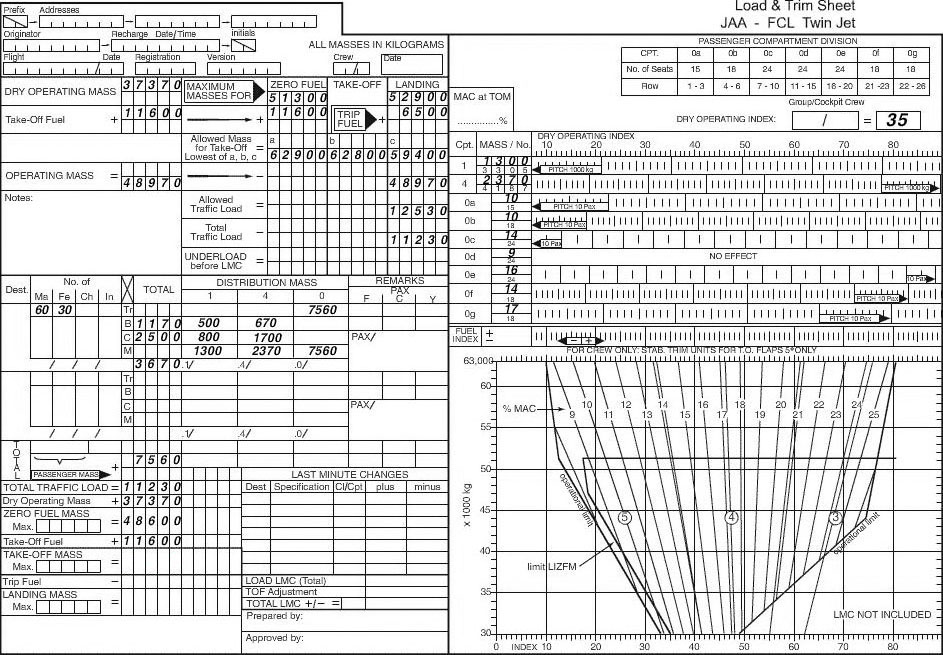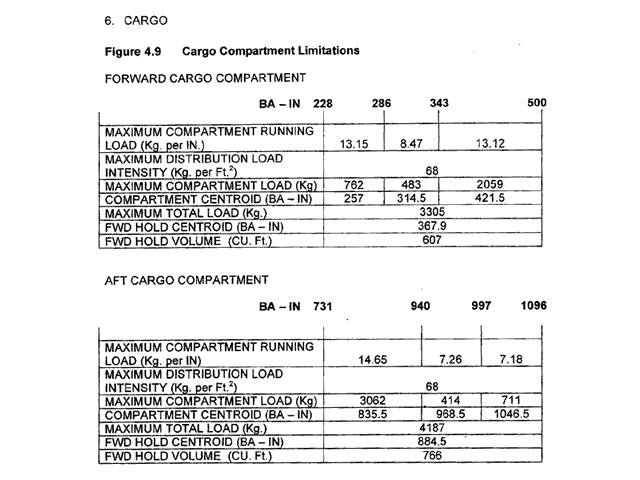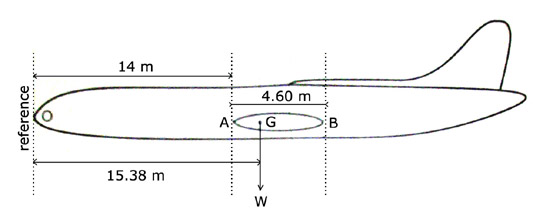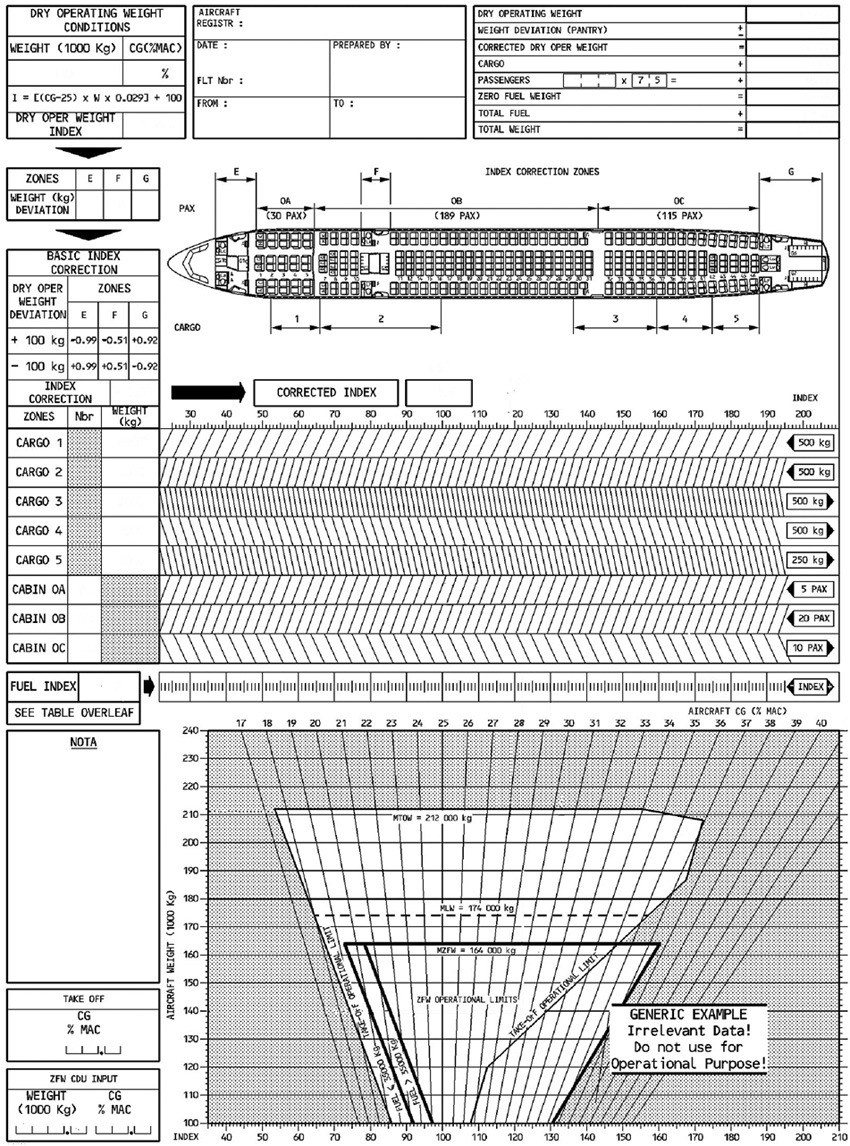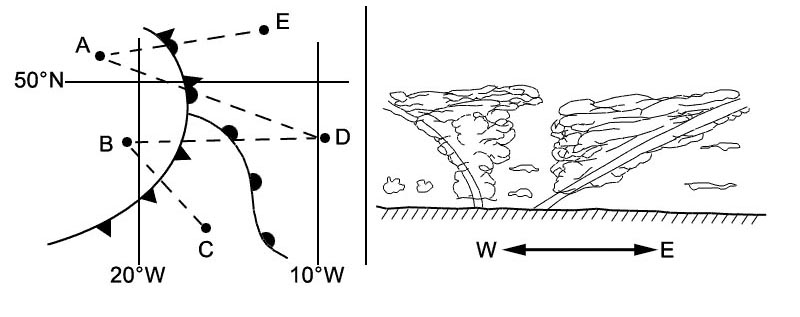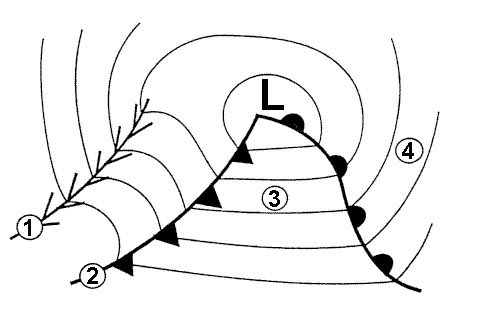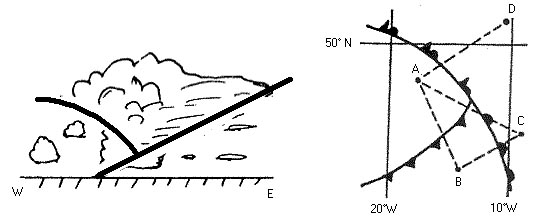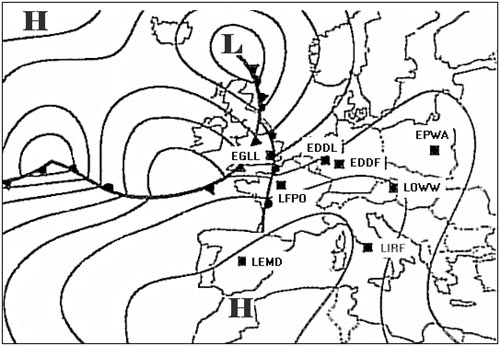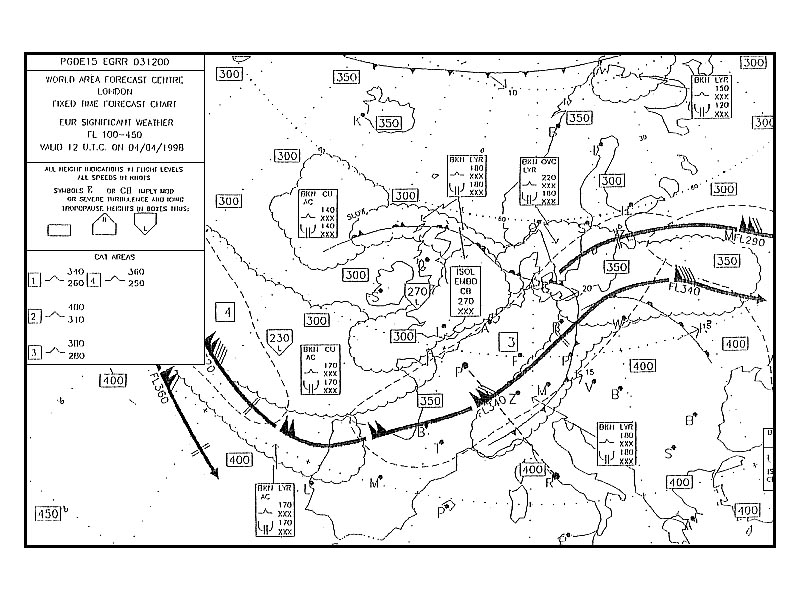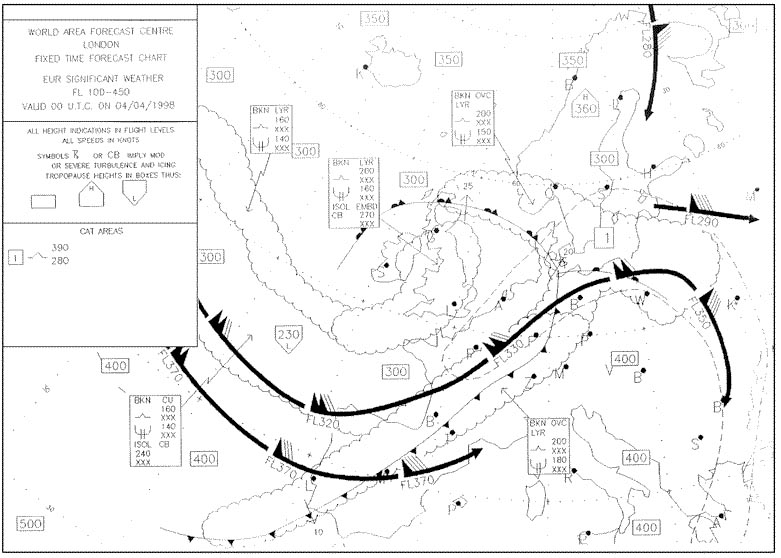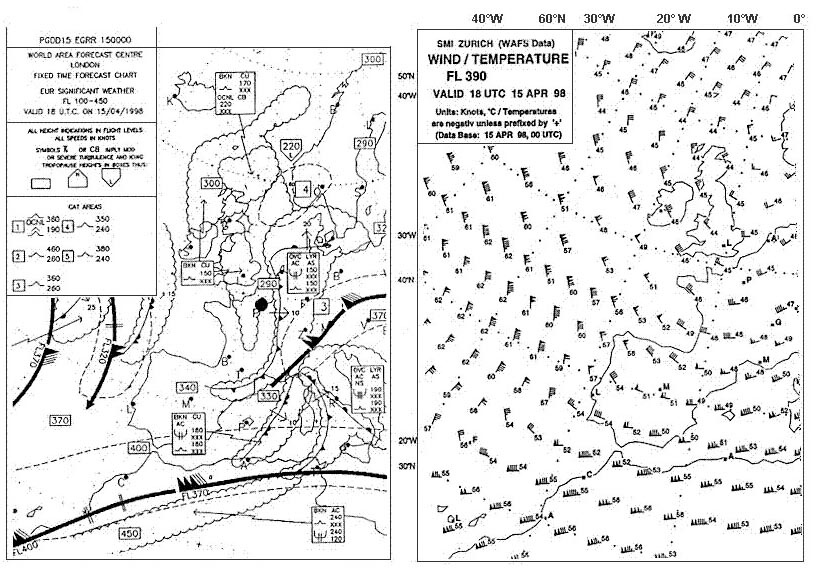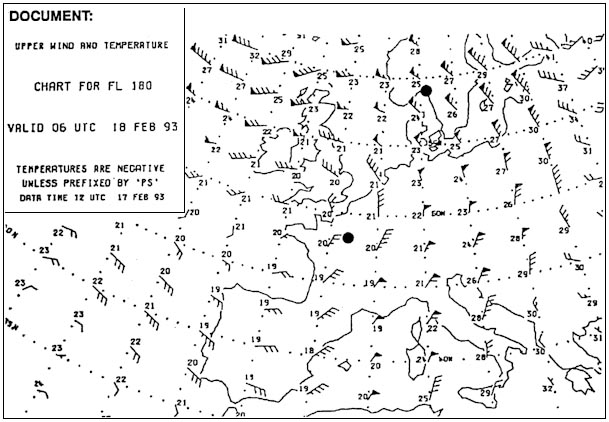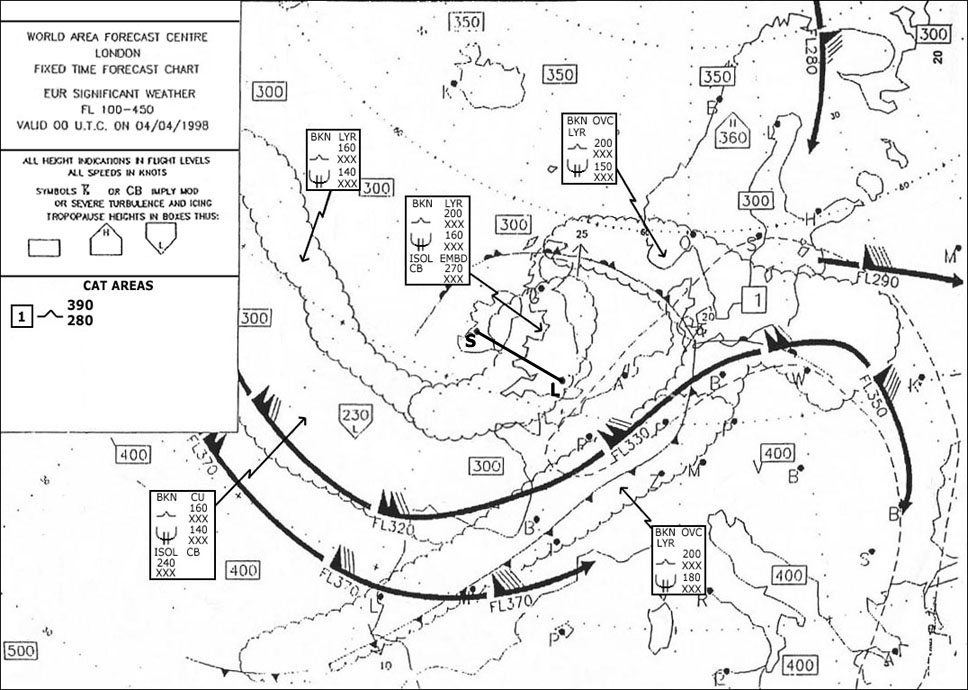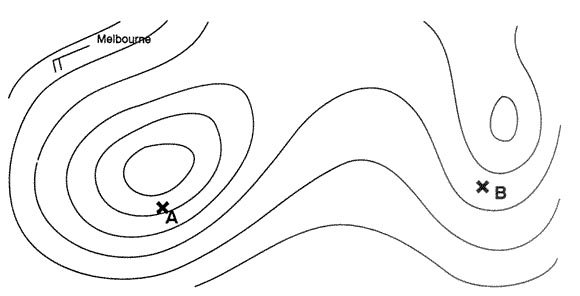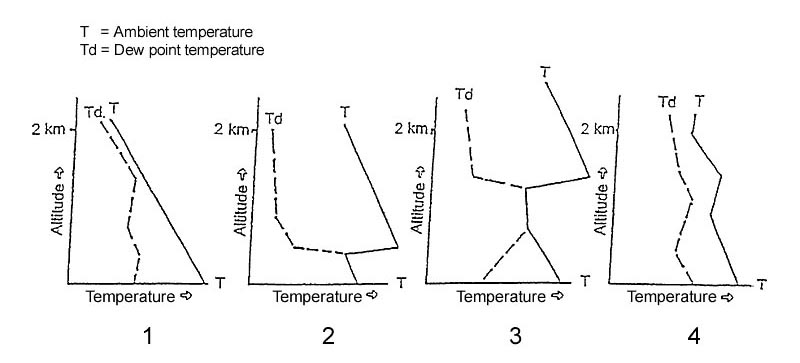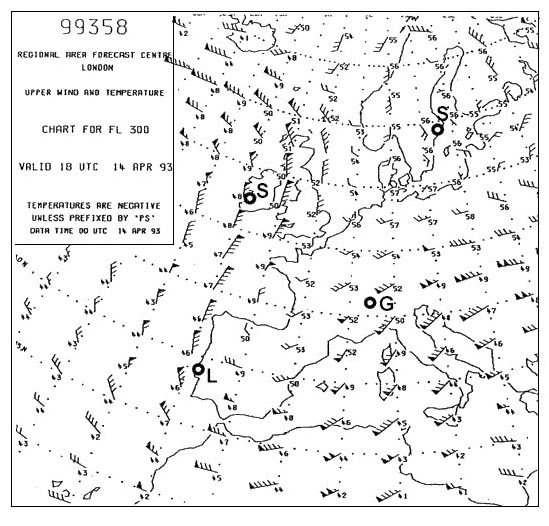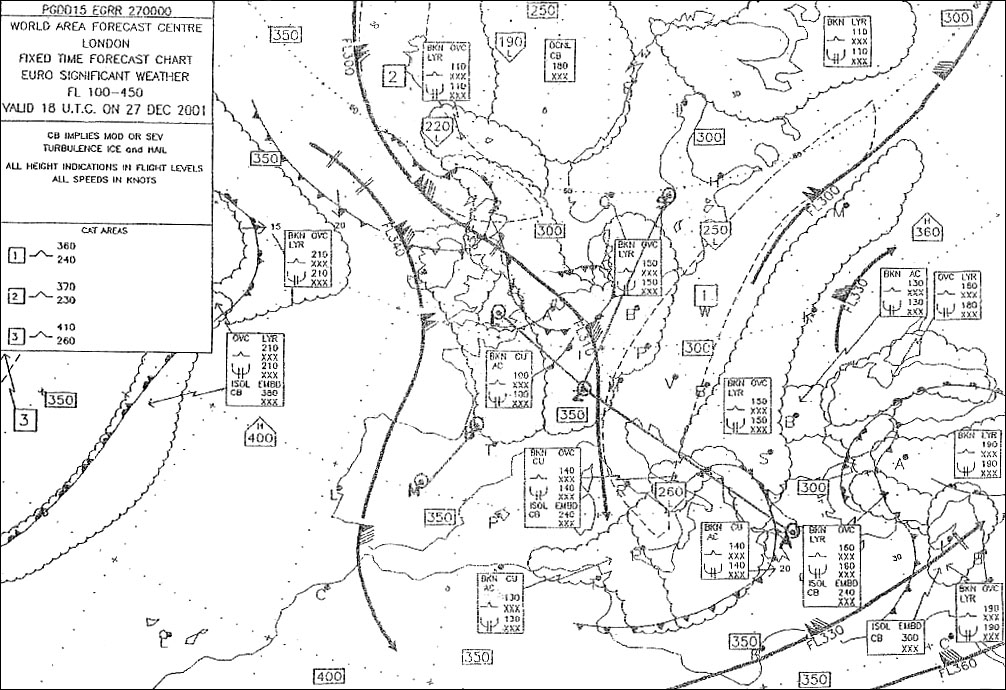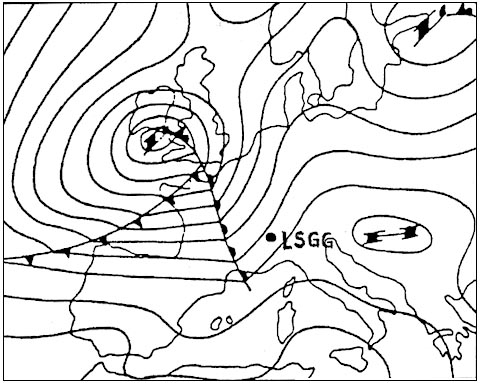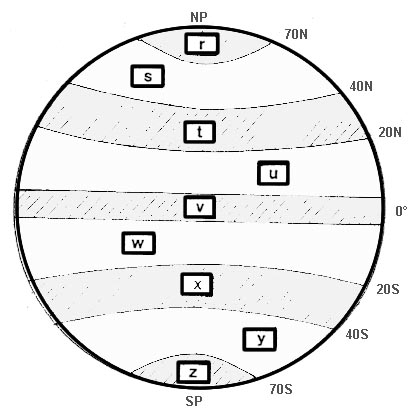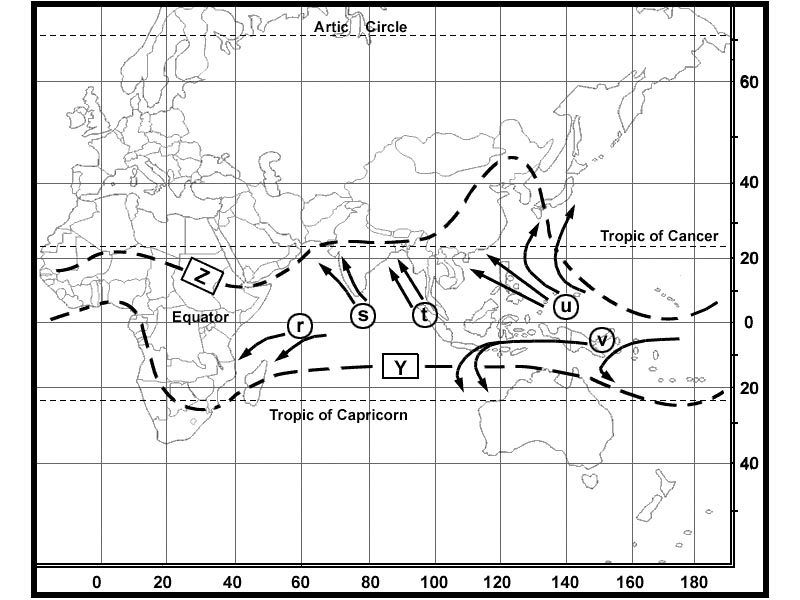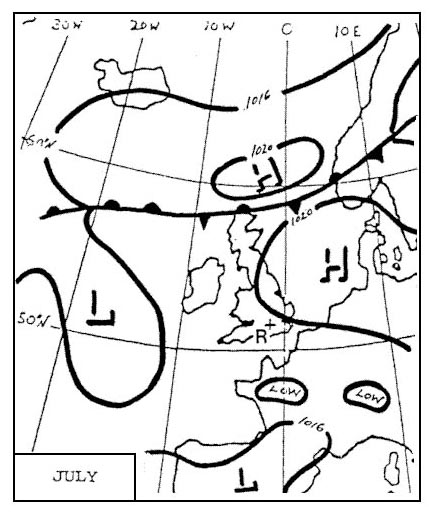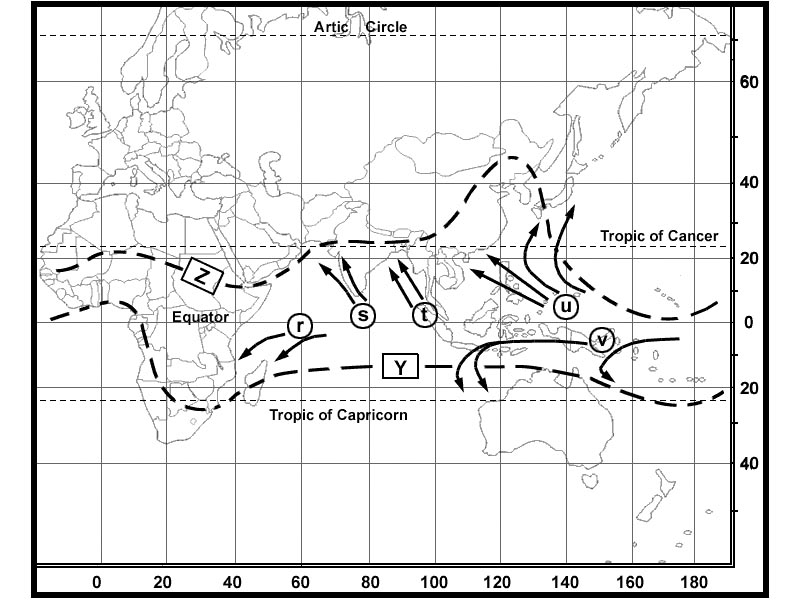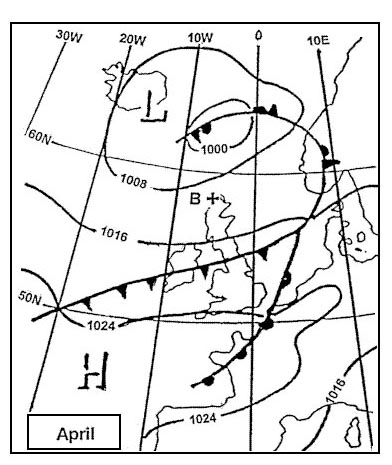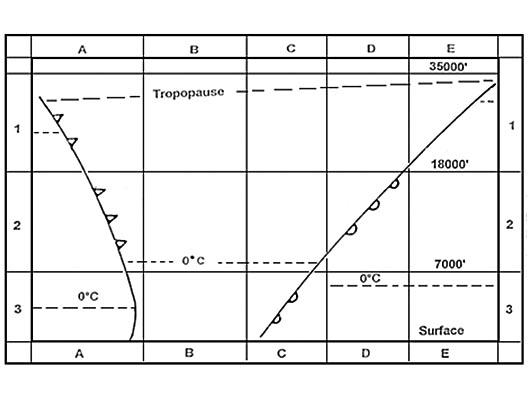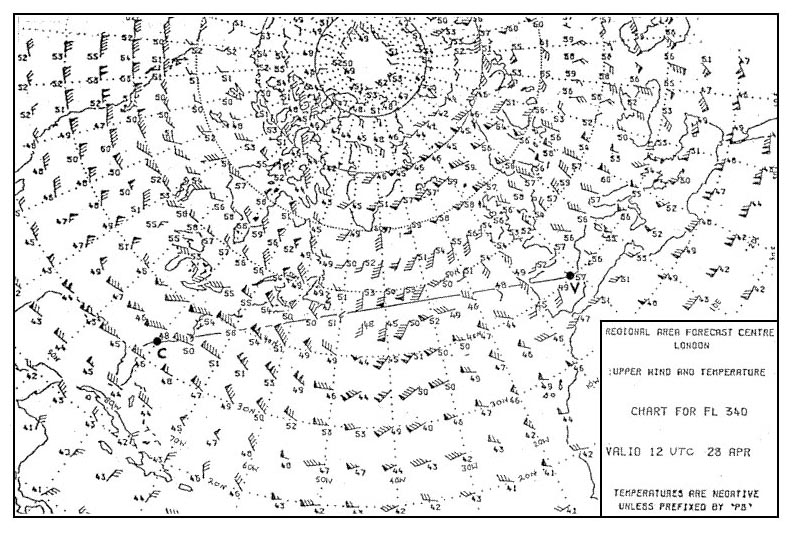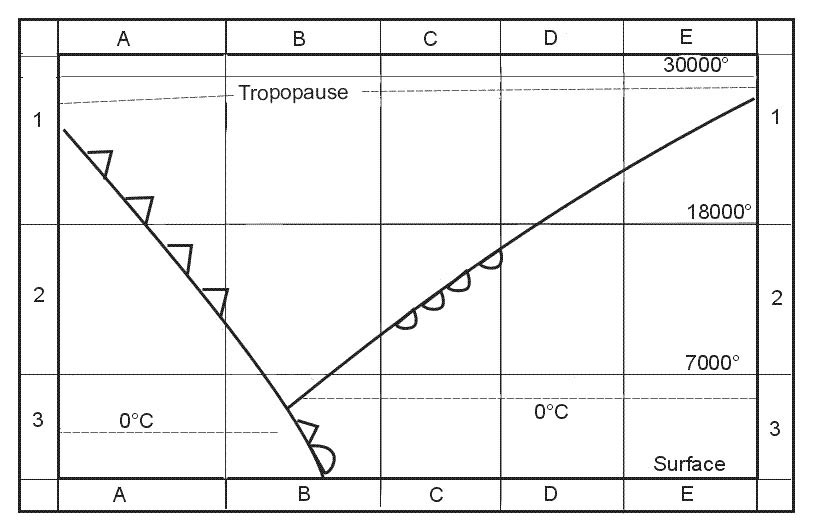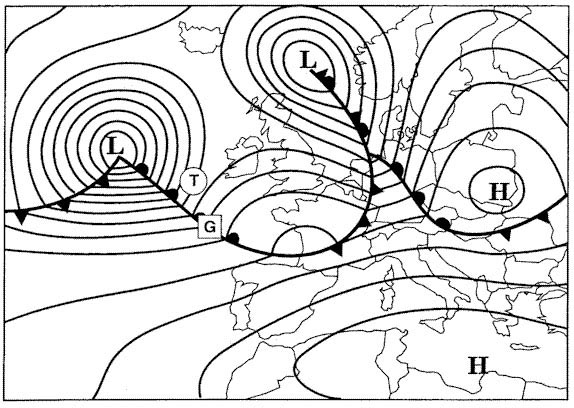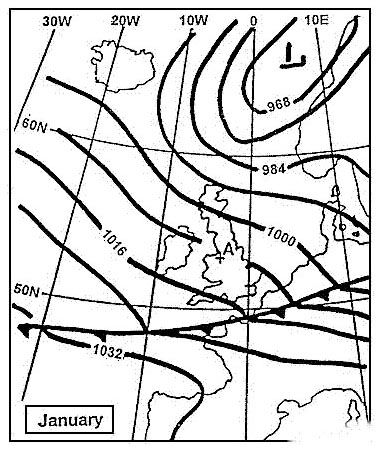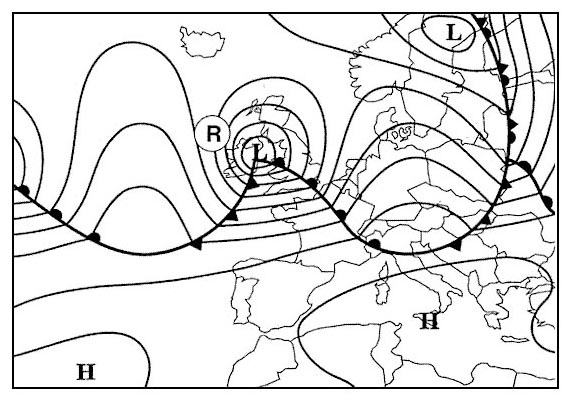Sign up to unlock all our services and 15164 corrected and explained questions.
Question 102-1 : Route manual chart amsterdam schiphol ils dme rwy 22 11 6..the missed approach procedure is to climb to an alitude of i... on a track of ii..... err a 033 440 ? [ Exam pilot ]
Question 102-2 : Route manual chart e hi 4 caa edition.the magnetic course/distance from dinkelsbuhl dkb 117.8 49°09'n010°14'e to erlangen erl 114.9 49°39'n011°09'e on airway ur11 is.. err a 033 442 ?
Question 102-3 : Route manual chart e lo 6. an appropriate flight level for flight on airway r10 from montmedy mmd 109.4 49°24'n 005°08'e to chatillon ctl 117.6 49°08'n 003°35'e is .. err a 033 445 ?
Question 102-4 : Route manual chart e lo 1.the radio navigation aid at topcliffe 54°12'n 001°22'w is a.. err a 033 448 ?
Question 102-5 : Route manual chart e lo 1..the minimum enroute altitude that can be maintained continuously on airway g1 from strumble stu 113.1 52°00'n 005°02'w to brecon bcn 117.45 51°43'n 003°16'w is .. err a 033 451 ?
Fl110.
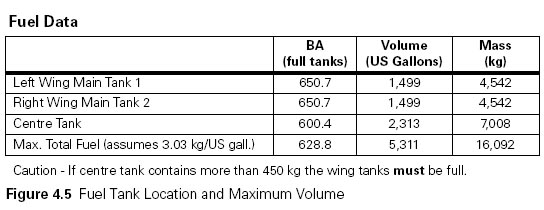
Question 102-6 : On an ifr navigation chart, in a 1° quadrant of longitude and latitude, appears the following information '80'..this means that within this quadrant ?
Question 102-7 : Route manual chart e hi 4 caa edition. planning a ifr flight from paris charles de gaulle n49 00.9 e002 36.9 to london heathrow n51 29.2 w000 27.9..find the average true course from paris to london... err a 033 468 ?
Question 102-8 : Route manual star charts for munich 10 2b..the correct arrival route and initial approach fix iaf for an arrival from the west via tango for runway 08 l/r is.. err a 033 479 ?
Question 102-9 : For this question use trm, athinai hellinikon approach chart 29 1.what is the total distance when following the vfr routeing from 'abeam patroklos' to hellinikon.. err a 033 485 ?
Question 102-10 : Use route manual chart e lo 1.an appropriate flight level for flight on airway a2 from talla 113.8 tla 55°30'n 003°21'w to dean cross 115.2 dcs 54°43'n 003°20'w is.. err a 033 492 ?
Fl90
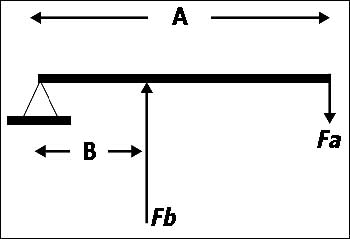
Question 102-11 : Use route manual chart e hi 1..the direct distance from tiree 117.7 tir 56°30'n006°53'w to inverness 109.2 ins 57°32'n004°03'w is.. err a 033 508 ?
112 nm.
Question 102-12 : Route manual chart e lo 5..the vor and tacan on airway g9 at osnabruck 52°12'n 008°17'e are.. err a 033 511 ?
Question 102-13 : Use route manual chart e lo 1.the magnetic course / distance from dean cross 115.2 dcs 54°43'n 003°20'w° to pole hill 112.1 pol 53°45'n 002°06'w on airway a2 is.. err a 033 517 ?
Question 102-14 : Route manual chart london heathrow ils dme rwy 09r 11 1..the minimum descent altitude mda for an ils glide slope out, is.. err a 033 519 ?
Question 102-15 : Route manual sid chart 20 3 for paris charles de gaulle. planning an ifr flight from paris to london.determine the distance of the departure route abb 8a.. err a 033 523 ?
Question 102-16 : Use route manual chart e hi 1..the initial magnetic course from tiree 117.7 tir 56°30'n006°53'w direct to inverness 109.2 ins 57°32'n004°03'w is.. err a 033 524 ?
064°.
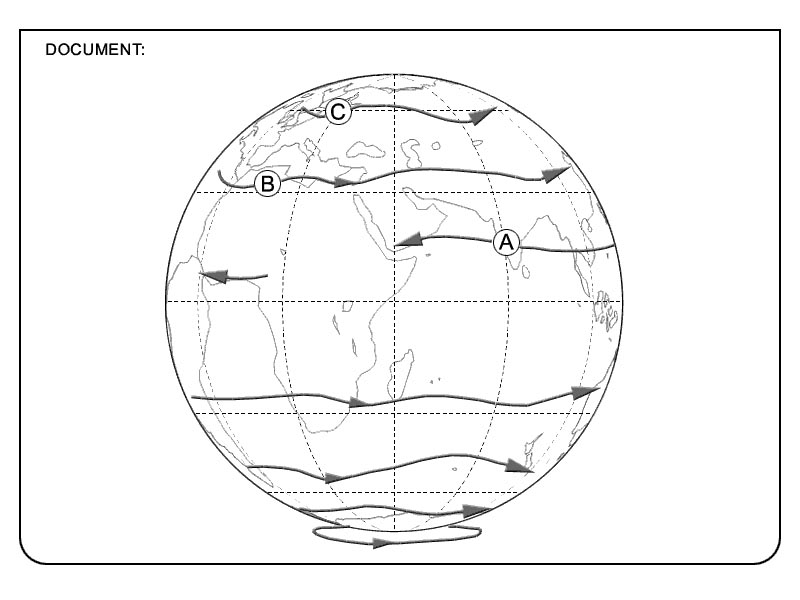
Question 102-17 : Use route manual chart e lo 1..what is the minimum enroute altitude mea on airway w911d from dean cross 115.2 dcs 54°43'n 003°20'w° to newcastle 114.25 new 55°02'n 001°41'w .. err a 033 535 ?
Question 102-18 : Route manual chart e hi 4 caa edition.of the following, the preferred airways routing from clacton cln 114.55 51°51'n 001°09'e to dinard din 114.3 48°35'n 002°05'w above fl245 is.. err a 033 555 ?
Question 102-19 : Route manual sid chart 20 3 for paris charles de gaulle.planning an ifr flight from paris charles de gaulle rwy 27 to london..given.distance from paris charles de gaulle to top of climb 50 nm.determine the distance from the top of climb toc to abb 116.6 .. err a 033 558 ?
Question 102-20 : Route manual chart e hi 5 caa edition..the minimum enroute altitude available on airway ur160 from nice niz 112.4 43°46'n 007°15'e to bastia bta 116.2 42°32'n 009°29'e is.. err a 033 559 ?
Question 102-21 : Route manual chart paris charles de gaulle ils rwy 27 21 2.the crossing altitude and descent instruction for a propeller aircraft at coulommiers clm are .. err a 033 566 ?
Question 102-22 : Route manual chart munich ndb dme rwy 26l approach 16 3..the frequency and identifier of the ndb for the published approachs are.. err a 033 568 ?
Question 102-23 : Route manual chart e hi 4 caa edition. the radio navigation aid serving strasbourg 48°30'n 007°34'e is a.. err a 033 571 ?
Vor/tacan, frequency 115.6 mhz
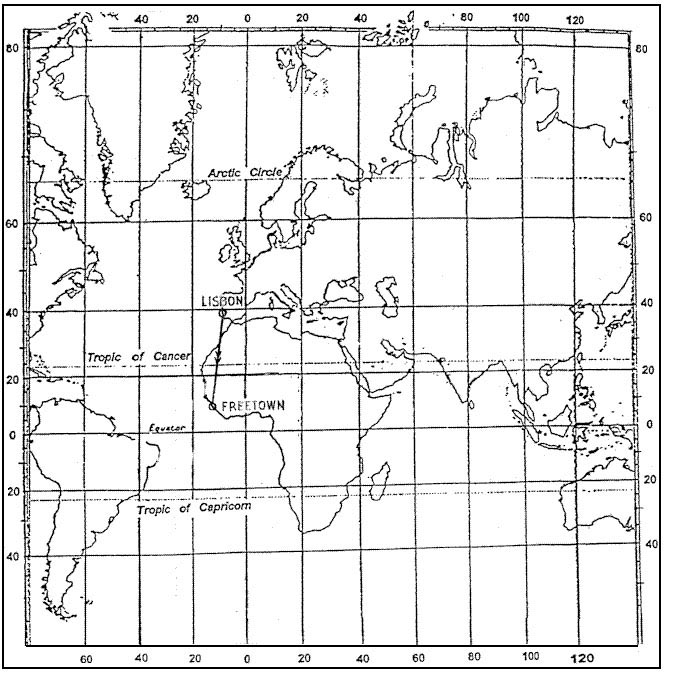
Question 102-24 : Use route manual chart e lo 1.what are the applicable grid moras for a flight from dean cross 115.2 dcs 54°43'n 003°20'w to talla 113.8 tla 55°30'n 003°21'w on airway a2.. err a 033 574 ?
Question 102-25 : Use route manual chart e lo 1..what are the magnetic curse and distance when flying on airway b4 from the reporting point shapp n54°30' w002°38' to the reporting point eskdo n55°18' w003°12' .. err a 033 584 ?
Question 102-26 : Use route manual chart e hi 2..an aircraft has to fly from alma n55°25' e013°34' to peter n56°50' e013°35'. excluding rvsm, the lowest flight level above fl400 that can be flown on an ifr flight plan, is.. err a 033 585 ?
Fl 430
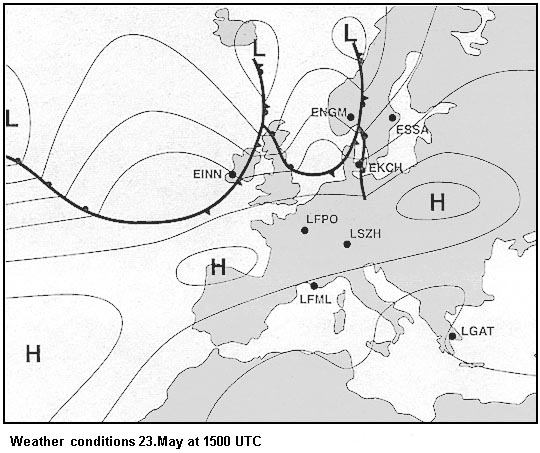
Question 102-27 : Use route manual chart e hi 4 caa edition..an aircraft has to fly from salzburg 48°00.2'n 012°53.6'e to klagenfurt 46°37.5'n 014°33.8'e..at salzburg you can read on the chart d 113.8 sbg. it means.. err a 033 586 ?
Question 102-28 : Use route manual chart e lo 1...the radio navigation aid at st. abbs 55°55'n 002°12'w is.. err a 033 594 ?
Question 102-29 : For this question use route manual chart e hi 2..the radio navigation aid s at 56°17'n 010°47'e is/are.. err a 033 597 ?
Question 102-30 : Use route manual chart e hi 1..an aircraft is flying towards gow 55°52'n 004°27w on airway un615 prior to an arrival in the london fir..according to the information on the chart, what is the most relevant frequency to receive the broadcast weather for london fir north .. err a 033 598 ?
Question 102-31 : For this question use route manual chart e hi 2..the radio navigation aid s at 55°26' n011°38'e is/are.. err a 033 599 ?
Question 102-32 : Route manual chart e hi 4 caa edition...the preferred airways routing from frankfurt ffm 114.2 50°03' n008°38'e to koksy 51°06'n 002°39'e above fl245, on a wednesday is .. err a 033 601 ?
Question 102-33 : Use route manual chart e hi 1..what navigation aid s is/are available to civil aircraft at the military airfield of kinloss 57°40'n 003°32'w .. err a 033 602 ?
Question 102-35 : The correct track and corresponding iaf for a western arrival via ridar, for runway 08l/r, is. 1497 ?
Question 102-36 : Refer to jeppesen manual chart e hi 4 or figure hi 08..the magnetic course and distance from st prex spr 113.9 n4628 e00627 to fribourg fri 115.1 n4647 e00714 on airway ug60, are. 1498 ?
Question 102-37 : Refer to jeppesen student manual london area chart..you are required to hold at bovingdon 51°43,6 n000°33,0 w however, the vor is unserviceable. what procedure.should now follow. 1499 ?
Question 102-38 : Refer to jeppesen manual chart e hi 4...your aircraft registered in the uk is outbound from london towards new york via ug1 and shanwick cta/fir, prior to.crossing w002 what should you have obtained. 1500 ?
Question 102-39 : Refer to jeppesen manual chart e hi 5...flying eastbound between bologna 44°32,2 n 011°17,5 e and ancona 43°35,2 n 013°28,3 e what is the minimum icao ifr cruising level. 1501 ?
Question 102-40 : Refer to jeppesen student manual trm, sabadell area chart 19 1 or figure vfr 12...what is the published frequency for barcelona atis. 1502 ?
~
Exclusive rights reserved. Reproduction prohibited under penalty of prosecution.
4039 Free Training Exam

